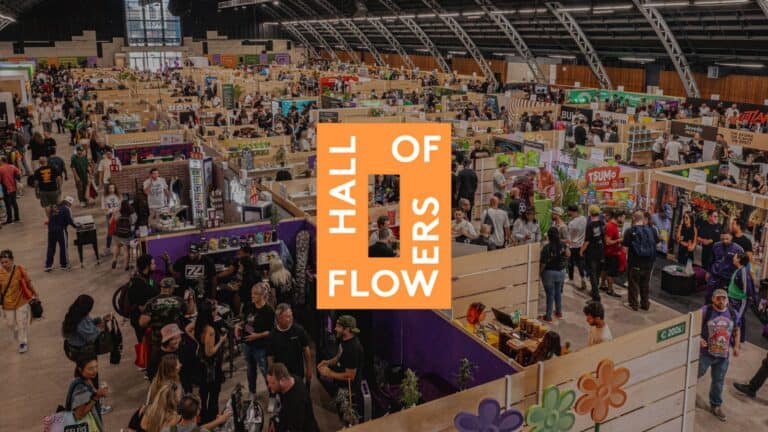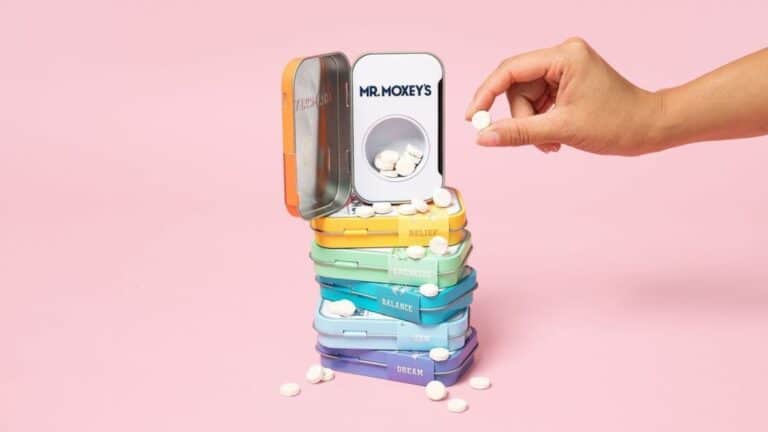If you want to grow big buds at home, seriously consider autoflowering strains. Autoflowering seeds have come a long way since the 1980s, you can easily find high CBD and/or high THC strains from most seed banks.
Using special LST (low stress training) techniques, you can get up to a ¼ pound in as little as 60 days–sprout to harvest! Autoflowering feminized seeds should be your number one choice for a fast, yet impressive indoor grow.
Autoflowering seeds are genetically designed for stealthier (because of their short stature) and faster grow cycles which allows for multiple harvests per year. As the seeds automatically flower on their own, they make the growing process simpler by reducing the stress and the guesswork involved in timing light cycles.
Autoflower cycles make a great option for beginners that are looking to start growing weed at home.
What is Autoflowering?
Autoflowering seeds spawned from the Cannabis Ruderalis species and crossed with Indica, Sativa and/or hybrids of both.
Autoflowering seeds offer a straightforward growing process with great genetics. Regular cannabis seeds, plants will go through a vegetative state until you induce flowering (usually after 3 months indoors and up to 7 months outdoors via shorter days). With indoor strains, you must switch to a twelve hour light cycle change to begin the flowering stage.
Autoflowering seeds will automatically kick into flowering after 3 to 4 weeks of vegetative growth (depending on the strain you are growing) with no change in lighting. You can easily go 20 hours of “lights on” and 4 hours of darkness/sleep cycle. The extra light alone will produce a bigger plant.
With autoflowering seeds, this process happens all on its own and can be a great method for growers looking for a speedier harvest from their plants.
Autoflowering Process 101: How to Grow Autoflower Plants
Growing autoflower cannabis plants is quite possibly the easiest way to grow. Autoflowering takes the guesswork out of how long you should leave your plants in their vegetative state and when you should switch the light cycle to less hours of light to induce their flowering phase. With a proper set up autoflowering cannabis plants can yield impressive buds.
The seeds have a quick growth cycle and allows for faster turnaround times, making the home grower a happy camper with more frequent harvest dates. Faster growth cycle means you’ll have a faster harvest, and more harvests means more buds. Autoflowering seeds are a great way to get started with growing your own cannabis, or something new to try for a seasoned grower.
Autoflower Nutrients and Schedule
Autoflowering plants grow smaller than plants that have been vegged for a couple months. Since autoflowering cannabis is a smaller plant and their vegetation periods are much shorter, you do not have to feed them quite as much—if at all. A good organic soil mix should supply all the nutrients you need for 75-90 days. That being said, some strains will use up nutrients faster than others, so watch for color changes during your grow and act accordingly.
The first nutrients to be used up are typically nitrogen. Your plant will need to access nutrients immediately, as grow times are short. Usually, good soil mixes have plenty of beneficial microbes, but you can always add more good microbes. Mykos (a specific species of Mycorrhiza) being possibly the most important, as it will push the limits of root growth—which, in turn will produce larger plants.
Other great nutrients (if needed) for your autoflower strains are phosphorus, magnesium and potassium, these both help to promote growth in these types of cannabis plants.
Autoflower Light Schedule
Autoflower cannabis plants are great when it comes to light. They do not require a change in lighting time to induce flowering. These plants will automatically flower no matter the light schedule they are on. This means you don’t need any light deprivation set ups or supplemental lighting if you are growing outdoors. If you grow outdoors, your yields will be smaller as we don’t get 20 hours of sunlight. Also, they can grow in colder weather than regular cannabis due to the genetics of the Ruderalis species hybridization. Indica Ruderalis hails from Siberia!
Indoors, autoflowering cannabis plants can handle up to 24 hours of light! This means that the buds will grow bigger and faster than outdoors. These plants thrive on light to grow ultra fast in their autoflowering cycles, so give them at least eighteen hours of light to maximize harvest yields.
Autoflower Grow Cycle
For the first part of the autoflower grow cycle you can expect a 2-3 week vegetative state. This period is where you will want to do any stress training. This allows bending every which way to open the plant, which in turn gets more light deep into the canopy. Once flowering starts in earnest, it’s best not to get to aggressive–you want 90% of your training done no later than the first 3-5 days of flowering. Avoid causing to much stress on the plant and make sure it is truly low stress, or the plant could go into shock. This can cause stunting and take a toll on yield.
After the short vegetation period the plants will automatically begin to flower. In the early stages of flowering, you will begin to notice the hairs of the buds, called pistils, begin to pop from the tops of your autoflowering cannabis plants. This is a very exciting time for growers when they get to see their plants begin to bear “fruit”. This quick process allows for about a 2.5-3 month turnaround on grows.
How to Tell When it’s Flowering?
The best way to tell when any cannabis plant is flowering is to look at the tops of each plant. If you are seeing what look to be white hairs coming from the top node of the plant, then it’s flowering. You may even be able to start to smell the aroma of your autoflowering strain as the plant begins to grow its buds.
You can also look for the cannabinoid crystals themselves (trichomes). This is a great indicator that your plant has begun to flower and that your harvest could be fire. For autoflower plants, a good rule of thumb to go by is they usually begin flowering after one month. Ninety day strains may be a bit longer.
The best part about autoflowering cannabis strains is that the flowering process is automatic. This takes out the “guessing game” and/or the exact “when to induce flowering” out of the equation in regards to when or “if” your plants have begun their flowering phase.
When to Harvest Autoflower Plants
Autoflowering plants are highly regarded in terms of fast harvest times. Usually it takes about eight to twelve weeks for a autoflowering cannabis plant to reach maturity and be ready for harvest. Some strains develop long colas (a collection of buds all along each stem) and others will have one large bud at the end of each stem. The smell will also be much more concentrated and should reflect the seed’s genetics, and less like fresh cut grass, as the plants mature and become ready for harvest, the Terpenes (be it citrus, berry, pine or many other aromas) cut loose. It will smell up your entire house if you don’t have a proper growing room or enclosure and a carbon scrubber to remove orders before they reach the exhaust fan.
When harvesting your autoflowering plants, we recommend a “wet trim” (trim off all leaves without “sugar crystals” while the plant is still in the ground/pot), a few more days of growing under lights (4-5), and when ready, cut the entire plant down at its base. You can hang the entire plant to dry or cut individual branches. Some growers opt to leave the buds on the lower levels of the plant to mature a little longer while you trim and cure the buds that come from the larger cola. The idea here is that if you remove the top parts of the plants first that have had the most light, the lower levels of the plant can then get more direct light and mature in a much more hearty way.
Topping Autoflower Plants
“Topping” (cropping / pruning) is part of the process with “regular” cannabis plants (i.e. non-autoflowering), but the process is different for an Autoflower.
Although experienced growers experiment with cropping (cutting tops to produce more tops essentially), we don’t advise cropping or pruning an autoflowering cannabis strain – and never transplant an “Auto”. Their lives are so short that any radical interruption of the grow cycle can stunt or completely stop the plant from maturing. Cloning is another no-no for these strains.
If you do decide to cut/crop/prune/defoliate/clone Autos, you will most likely erase all of your nurturing and progress, and may even kill the plant. As stated, since the growth periods of autoflowering cannabis strains are so short, it’s important to avoid harming/shocking the plant and stunting growth (or worse).
LST Autoflower (Low Stress Training)
Low Stress Training is one of four or five “tips and tricks” that, together, greatly increase yields. The method known as LST involves gently bending over cannabis stems plants that are in veg mode in order to create more surface area to vertically grow. The main top should also be trained or your light will be too far away from the sub-branches.
The idea is to get all stems to the same height via LST. This allows the light to be as close as possible to all tops created using LST. Avoid having the light too close as you don’t want to burn the plant. Conversely, if the light is too far from the tops they will stretch for the light and you will end up with spindly plants and low yield.
The very act of stress training will cause the plant to release growth hormones—making more stems, tops and leaves, which equals more premium flower at harvest.
Can You Clone Autoflower Plants?
Some people believe that you cannot clone autoflower plants. This is purely a myth and can be done by taking a cut from the mother and letting the trimming grow under a 24 hour light cycle. However, cloned autoflowering plants usually yield far less buds than the mother plant. Also, you may kill the mother in the process from shock!
Autoflower vs Photoperiod
There are are a few differences when it comes to autoflowering and photoperiod strains. The major difference between these two types of cannabis plants is their light periods.
Autoflowering cannabis plants can thrive on over 12 hours of sunlight throughout their day. However, photoperiod cannabis strains require less hour of sunlight per day to go from the plants growth phase to its flowering phase.
This difference allows growers to achieve two very different goals. If you’re looking for huge plants, with fat colas, and high yields, the longer vegetative state of the photoperiod cannabis plant would be best for you.
However, this process would be much more involved when compared to autoflowering cannabis plants. If you’re a grower that wants quick turn around and a much more manageable process for beginners autoflowering is a great way to get your feet wet.
Pictures from Autoflower Grows
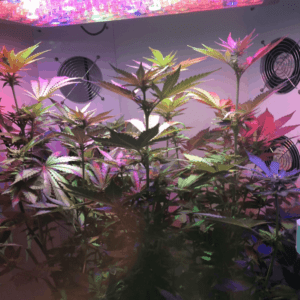
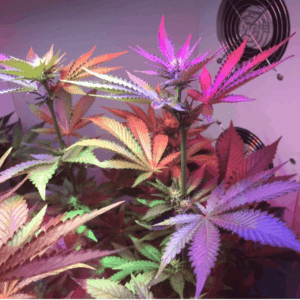
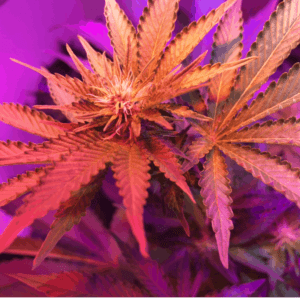
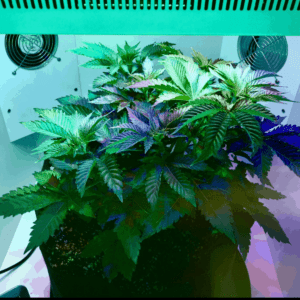
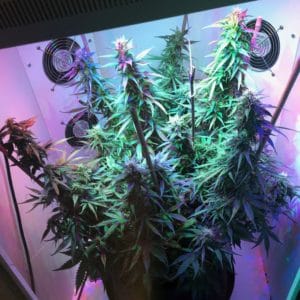
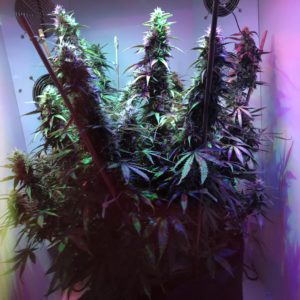

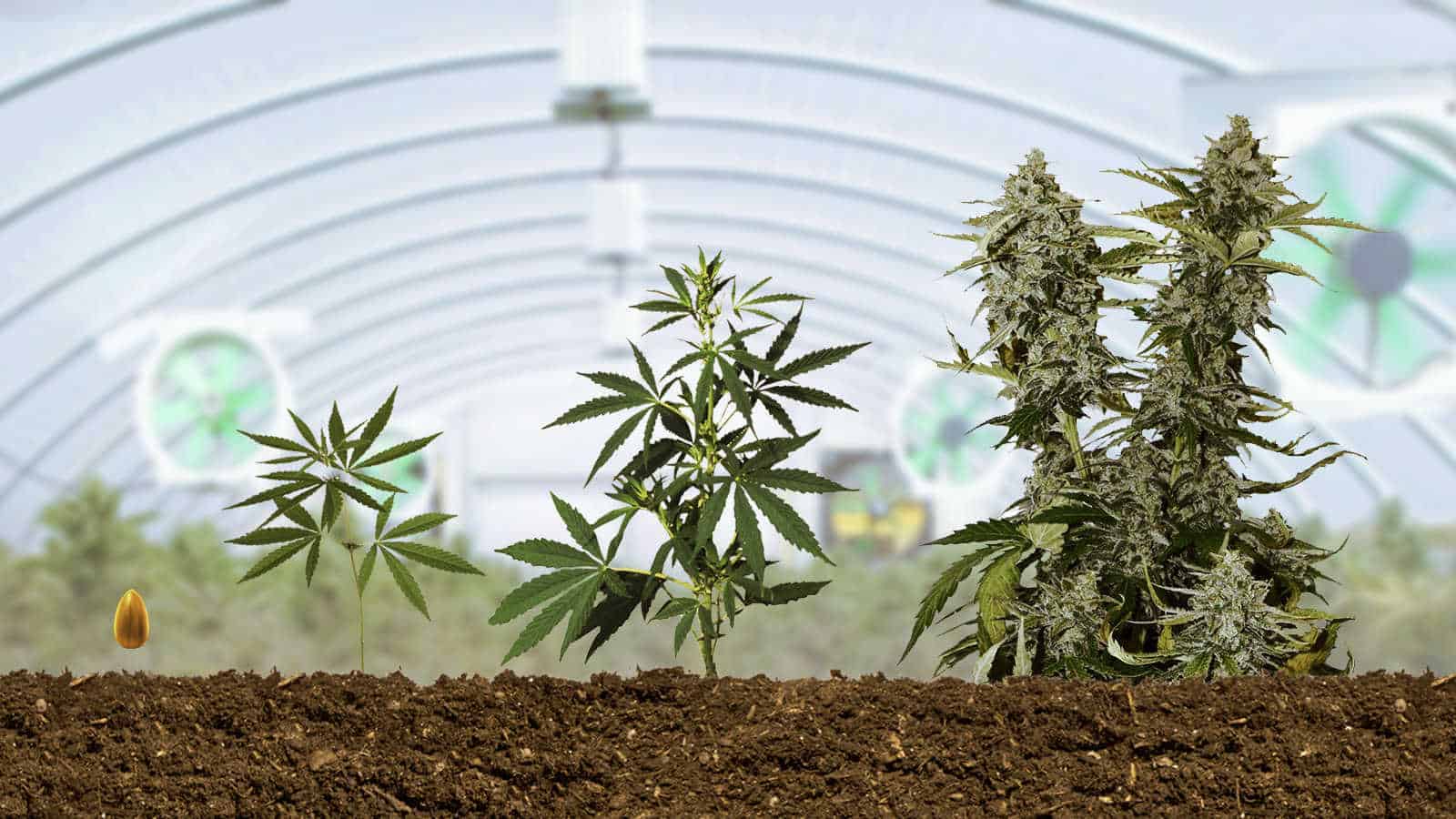
![[NJ] The Easiest Ways to Buy Weed in Buffalo A Full Guide (5)](https://neonjoint.com/wp-content/uploads/NJ-The-Easiest-Ways-to-Buy-Weed-in-Buffalo-A-Full-Guide-5-768x432.jpg)
